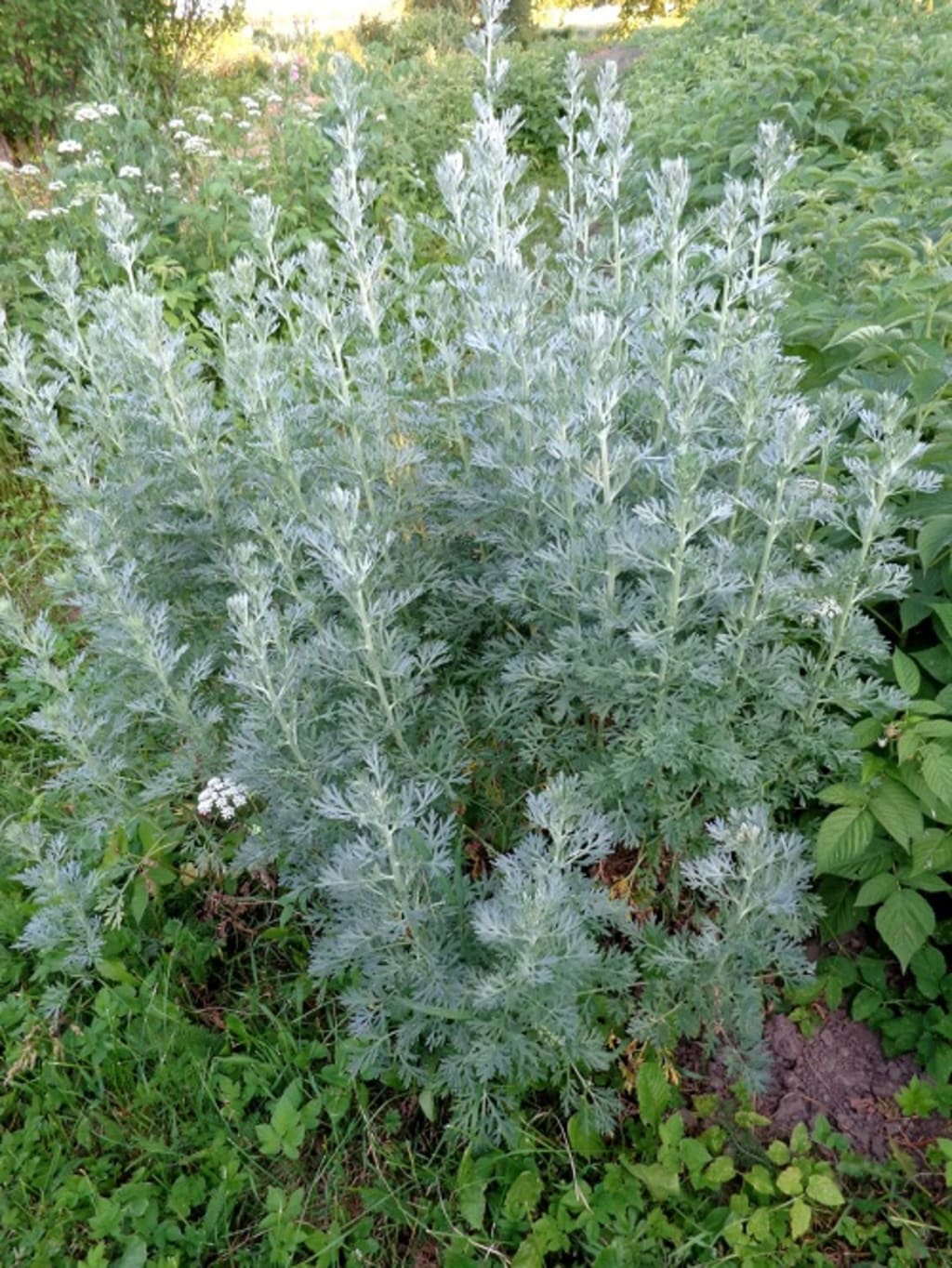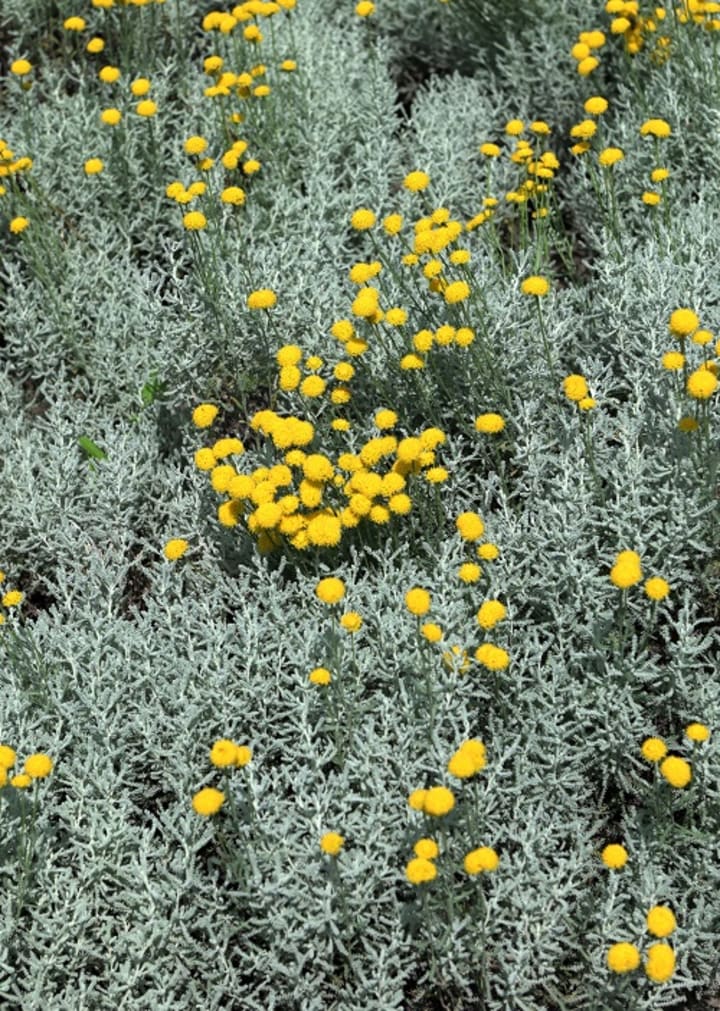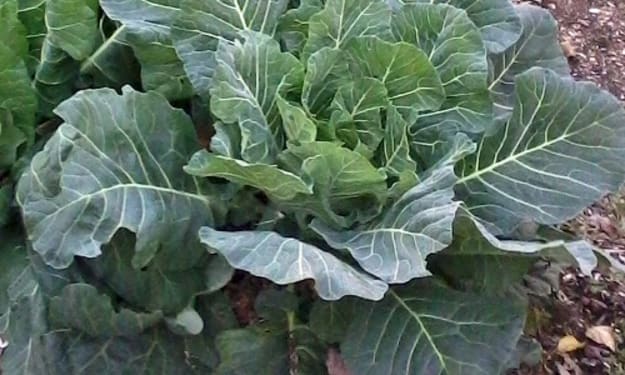Top 10 Herbs That Have Grayish Leaves
Grey leaf herb

List of Herbs that have Grey leaves.
1.White Sagebrush (Artemisia ludoviciana)
Appearance:
Height: 1 to 3 feet (30 to 90 cm)
Gray-green leaves with a silvery appearance
Aromatic when crushed
Flowers: Small, yellowish-green or white flowers in spikes
Blooms in late summer or early autumn
Range: Native to western United States and parts of Canada
Thrives in dry, open areas like prairies, grasslands, and deserts
Traditional Uses: Medicinal applications, including treating colds and respiratory ailments
Ceremonial and spiritual rituals, such as smudging ceremonies for purification
Aromatherapy: Leaves can be dried and burned to produce fragrant smoke
Believed to have purifying and grounding properties
Wildlife Habitat: Important for certain butterfly species
Seeds are a food source for various birds and small mammals
Landscaping: Used in xeriscaping and native plant gardens
Attractive silvery foliage
Thrives in dry and arid conditions
Conservation: Some populations are threatened due to habitat loss
Conservation efforts aim to protect and restore habitats
Please note that white sagebrush should not be confused with Salvia apiana (white sage or sacred sage), which is a different plant used in smudging ceremonies and has its own cultural and spiritual significance. White sagebrush, while used traditionally in some Indigenous rituals, is a separate species with its own history and uses.

2.Santolina
Santolina is a genus of aromatic and drought-tolerant herbaceous plants and subshrubs that belong to the Asteraceae family. These plants are native to the Mediterranean region and are known for their gray-green foliage and small, button-like yellow flowers. Santolina is commonly grown in gardens and landscapes for its ornamental appeal and aromatic properties. Here is a listing of key information about Santolina:
Varieties: There are several species and varieties of Santolina, with Santolina chamaecyparissus (cotton lavender) being one of the most popular. Other species include Santolina rosmarinifolia (green santolina) and Santolina pinnata (gray santolina).
Appearance:
Compact, evergreen shrubs or subshrubs
Gray-green to silver-gray, finely divided leaves
Small, bright yellow button-like flowers that resemble miniature sunflowers
Cultivation:
Well-suited for dry and rocky soils
Thrives in full sun
Drought-tolerant once established
Pruning in spring helps maintain a neat, compact shape
Aromatic Foliage:
Leaves have a strong, pleasant fragrance, often described as a mix of lavender and rosemary
Aromatic leaves can be used in potpourri and for fragrance purposes
Landscaping:
Used in gardens and landscapes for its attractive foliage and low-maintenance characteristics
Effective as a border plant, in rock gardens, and as ground cover
Deters deer due to its strong scent
Medicinal Uses:
Historically used in herbal medicine for its potential anti-inflammatory and digestive properties
Infusions made from Santolina leaves were used to soothe upset stomachs
Culinary Uses:
While not commonly used in modern cooking, Santolina leaves were historically used to flavor liqueurs and spirits
Pest Repellent:
The strong fragrance of Santolina can help deter certain garden pests, making it a companion plant for vegetable gardens
Symbolism:
In the language of flowers, Santolina can symbolize longevity and endurance due to its hardiness in arid conditions
Santolina is a versatile and visually appealing plant that is valued for its aromatic foliage, low water requirements, and ability to thrive in challenging growing conditions. It is a popular choice for gardeners looking to add a touch of Mediterranean charm to their landscape.
Here A Complete Article on Herbs that have gryish Leaves.
About the Creator
Enjoyed the story? Support the Creator.
Subscribe for free to receive all their stories in your feed. You could also pledge your support or give them a one-off tip, letting them know you appreciate their work.





Comments
There are no comments for this story
Be the first to respond and start the conversation.